Rat Control of Austin
Welcome to Rat Control of Austin! We are Texas rodent control specialists. Our specialty is rat and mouse control. Our special 32-point process is the single most effective method in the country for permanently solving rodent problems inside houses and buildings. We are not a typical pest control Austin rodent exterminator company that treats rodents in a similar way to insects, with repeated monthly or quarterly poison treatments. That's a never-ending process. We solve the problem ONCE, and PERMANENTLY, by thoroughly inspecting every component of your building and completely sealing shut all access points, to 100% rodent-proof your house. We physically trap and remove all rats or mice, a process that is completely effective once all access has been closed. The problem is soved forever, usually in a week or less. Click on our Austin Prices page to find out more about our prices for rat control work. Or give us a call any time to schedule an appointment, usually within the next day. We look forward to hearing from you.
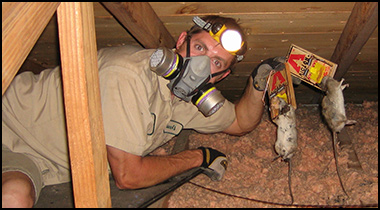
Austin Rat Trapping
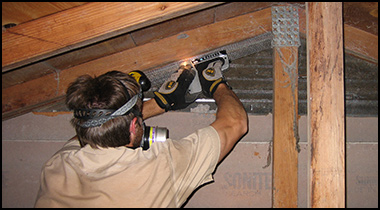
Rodent-Proofing Repairs
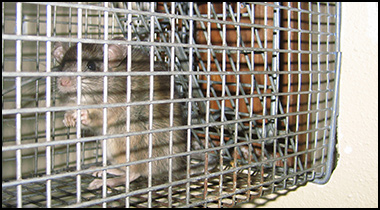
Humane Exclusion Options
Call 24/7 to discuss your rat problem.
Same-day or next-day appointments: 512-270-5093
32-point inspection of your property.
Written estimates for rat project.
Fully Texas licensed and insured.
Rat-proofing repairs with steel.
100% of rodents trapped and removed.
Chewed wire and damage repair services.
Rat dropping cleanup and sanitation services.
Poison-free rodent control methods.
Our Service Range - 512-270-5093
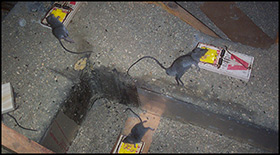
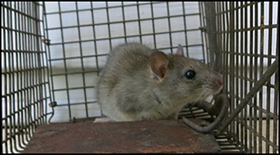

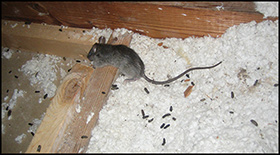
As in every living creature, there are usually multiple species. This is no different with rats, but we will discuss the mating habits of the Black Rat also known as Roof Rat and its cousin, the Norway Rat also known as the Brown Rat.
As the name suggests, the Black Rat / Roof Rat, prefers to live high-up, such as in attics, buildings and rafters while the Norway Rat / Brown Rat, prefers low-lying areas such as the sewers in subways, on the ground floor of buildings and burrows under buildings. The Black Rat / Roof Rat can either be black, grey or brown in color while the Norway Rat / Brown Rat is either brown or grey but not black. The Black Rat / Roof Rat is good at climbing, very agile in fact, but it does not like to swim. The Norway Rat / Brown Rat is good at swimming but not very good at climbing.
The rat population is so large, basically because rats multiply at significantly fast rates. The mating habits of both rats are almost the same, with only minute differences. All rats mate with multiple partners, females being able to switch partners even during a 'session' and the male rat being able to ejaculate several times in a row, ensuring that his gene is passed on. Once conditions are satisfactory, rats mate all through the year but the Norway Rats tend to favor Summer and Autumn more.
Since rats live in large groups, there is usually a more dominant male and the 2 or 3 more dominant females, creating more of a linear male hierarchy. The more dominant male is usually the most successful breeder, mating with as many female rats as he wants. Females are considered more aggressive than males and sometimes, rats defend both their mates and their territories through aggressive behavior.
Another difference of the Norway Rats over other species, is that the females prefer male partners who have not mated before or who did not suffer from or experience stress during their early years. A female rat can mate as much as 500 times per a 6-hour period, with different partners. Female rats usually experience this up to 15 times a year which is how a single female rat can produce up to 2,000 babies per year. Gestation for the Black Rat is 4 weeks, and for the Norway Rat, approximately 3 weeks. This means that the Norway Rat can be pregnant twice within one month, but it is very unhealthy to be both pregnant and weaning.
Each female rat can produce a litter of 6 to 12 babies, all born blind, deaf and hairless. They would take approximately 3 to 4 weeks to stop nursing and then, one week after, the vicious reproductive cycle can start all over again, with a new breed of rats. Luckily, the average survival rate of rats is between 2 to 3 years. Abortion is also common among female rats if there is inadequate food, nesting materials and overcrowding or too much noise.

